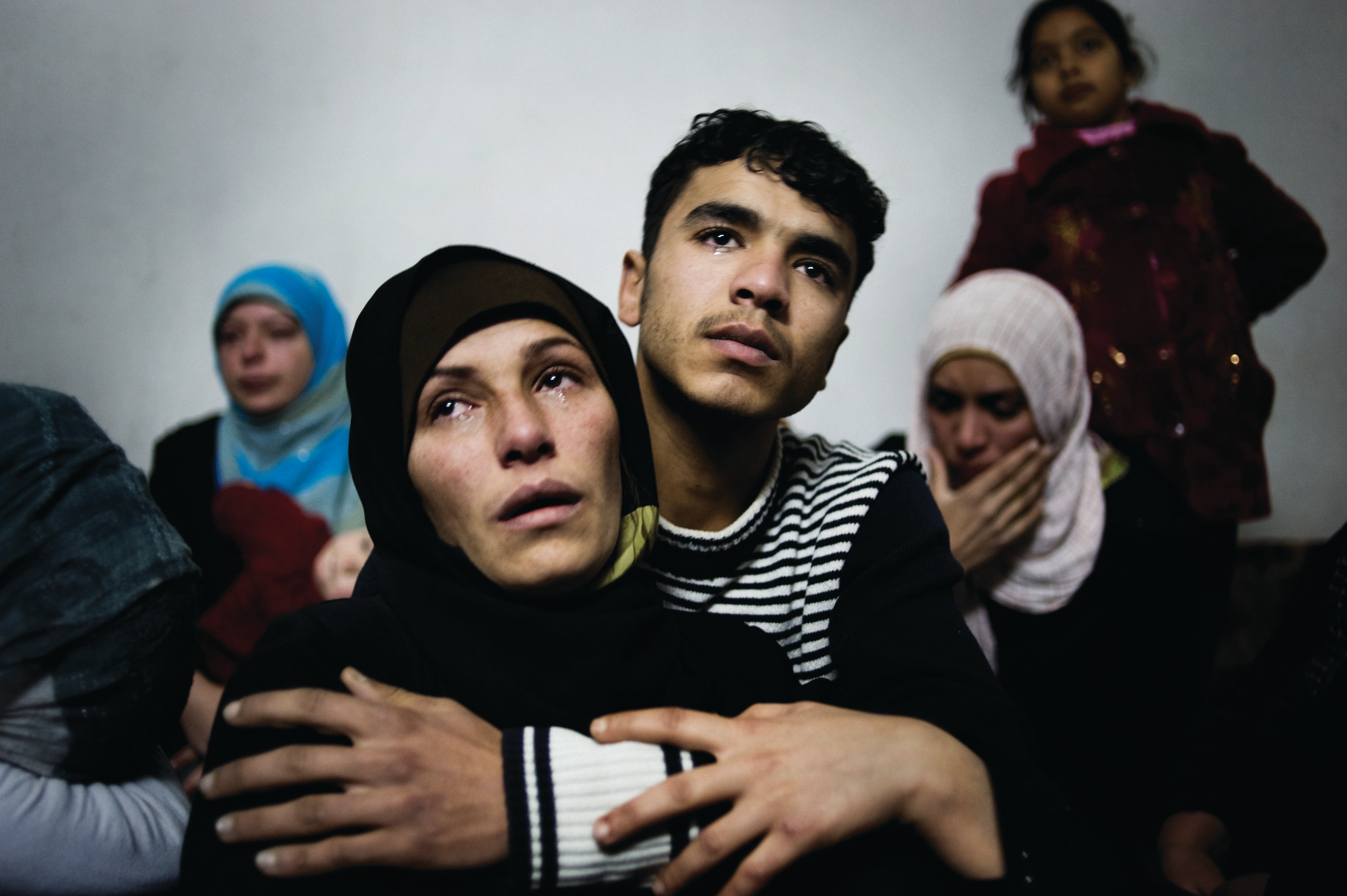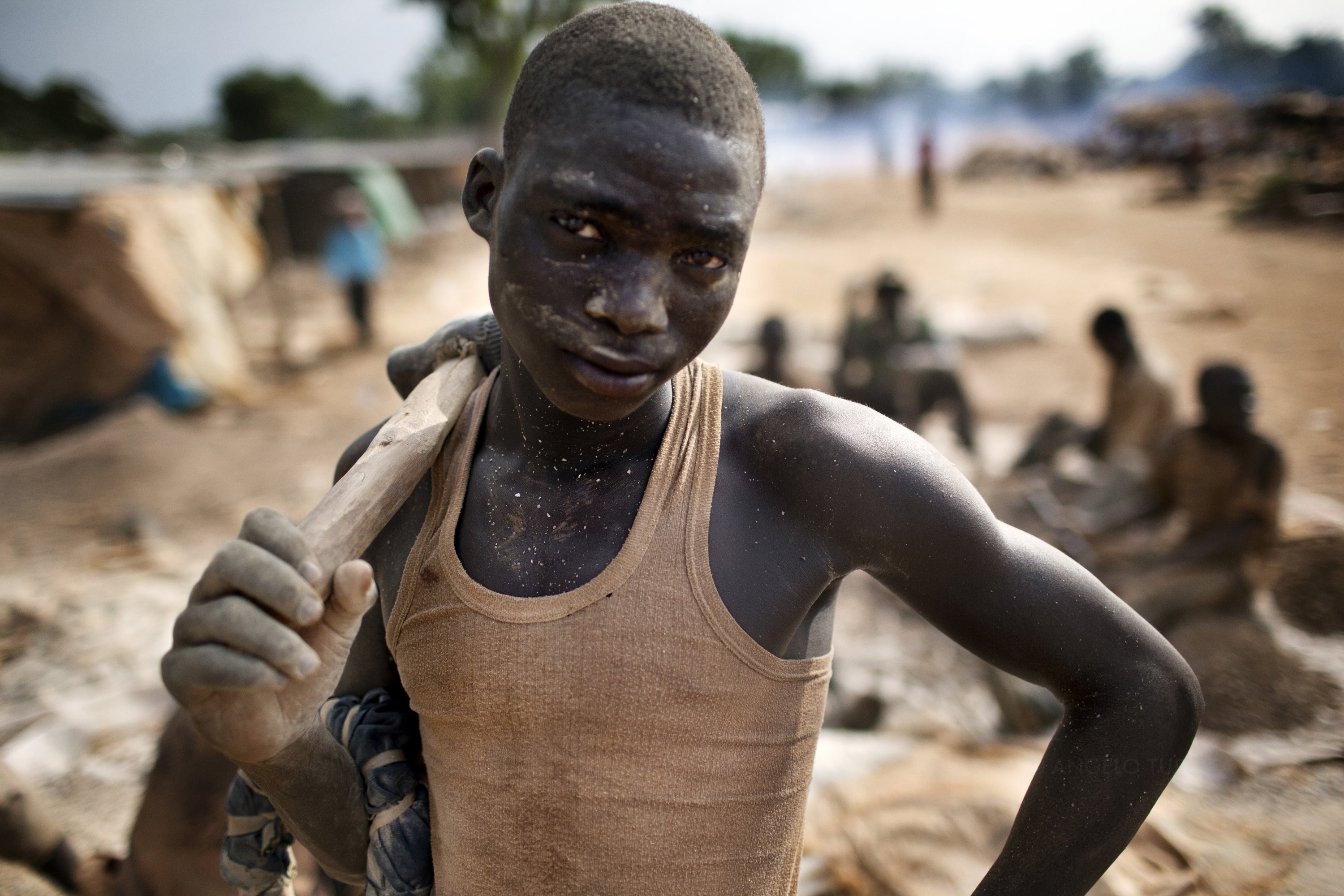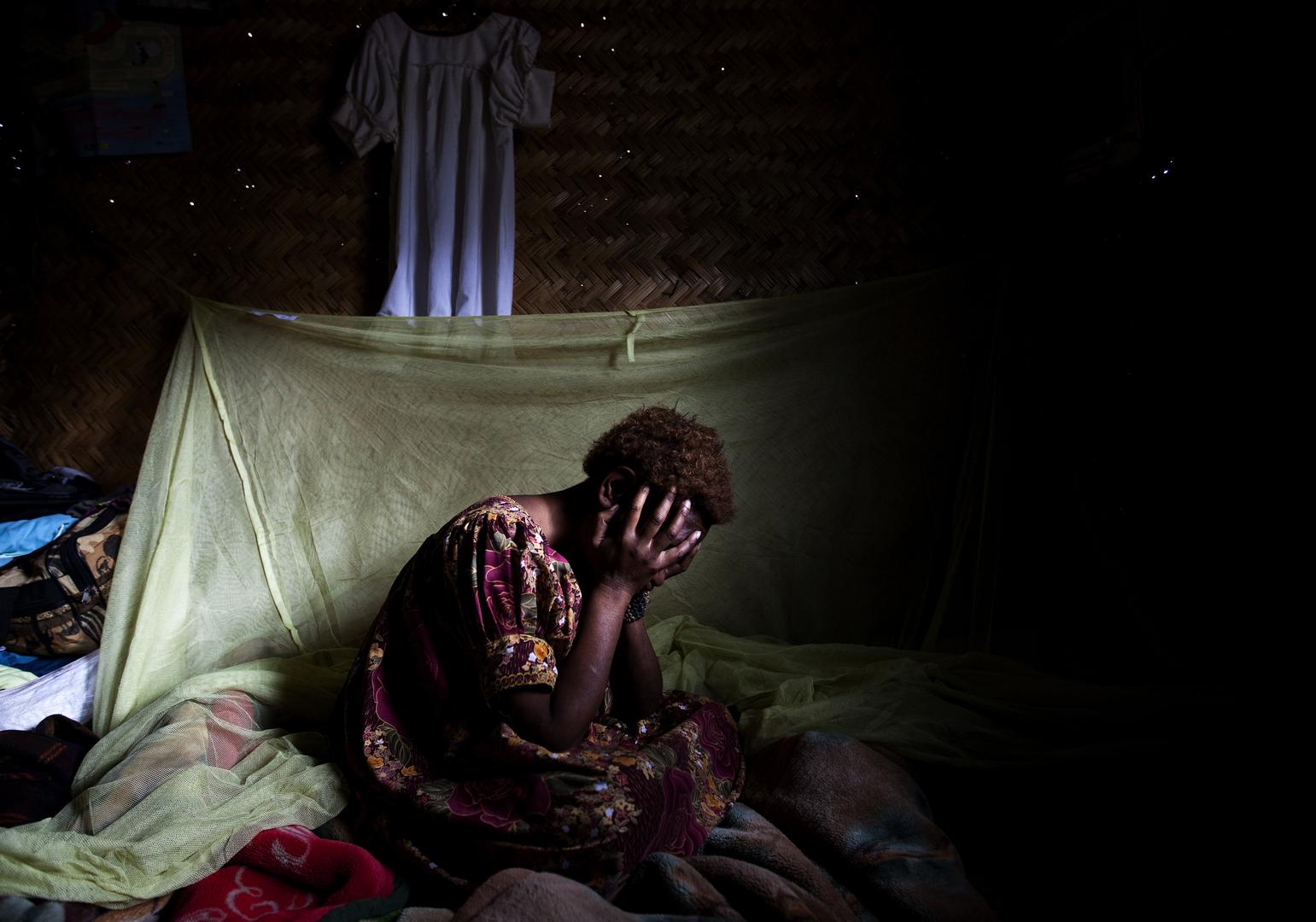Nepal’s six-year peace process between government forces and Communist party of Nepal (Maoist) combatants remained in limbo in 2012, and human rights commitments undertaken in the 2006 Comprehensive Peace Accord (CPA) remained unfulfilled.
Impunity for wartime abuses continued, with the government continuing to advocate for establishing a Commission of Inquiry on Disappeared Persons, Truth, and Reconciliation that would be empowered to recommend amnesty for suspects implicated in crimes committed during the decade-long conflict from 1996-2006. The government has also promoted government officials and security force members suspected of involvement in human rights abuses. The closure in March of the United Nations Office of the High Commissioner for Human Rights (OHCHR) symbolizes the government’s retreat from promises for accountability.
In May, the Constituent Assembly, tasked to draft a new constitution, was dissolved amid political deadlock over extending its term. The collapse of the assembly, which also served as the country’s parliament, left the country without a legislature. In September, the government announced elections for a new Constituent Assembly, without clarifying the date or terms of the vote.
The political stalemate, along with weak governance, corruption and impunity, contributed to ongoing political instability, and problems with law and order.
Accountability for Past Abuses
The government failed to provide redress in 2012 for wartime crimes, including enforced disappearances, torture, rape, and extrajudicial executions. The government pushed for a politically appointed Commission of Inquiry on Disappeared Persons, Truth, and Reconciliation, with discretionary powers to grant amnesties for crimes under international law.
In the absence of a legislature, the cabinet controversially forwarded the bill to the president for executive approval, a power that no president has exercised to date. The framework for a Truth and Reconciliation Commission was part of the November 2006 Comprehensive Peace Agreement. However, granting amnesty for crimes against humanity clearly violates international law and Nepal’s Supreme Court decisions, and would undermine reconciliation.
The army continued to shield alleged perpetrators of human rights abuses. In July, the army recommended the promotion of Col. Raju Basnet, implicated in dozens of cases of enforced disappearance and torture, to the rank of brigadier general. The cabinet approved the promotion in October.
In September, the government promoted Kuber Singh Rana from additional inspector general of police to inspector general. Rana is a suspect in ongoing criminal investigations that the Supreme Court ordered in February 2009 related to the October 2003 enforced disappearance and extrajudicial killings of five students from Dhanusha district in Nepal’s southern plains.
Integration of Maoist Combatants
In October, the government completed the integration of a total of 1,450 former Maoist fighters into the Nepalese army. The integration marked the conclusion of a November 2011 agreement that all political parties signed allowing for a maximum of 6,500 former combatants to be integrated into a specially created general directorate under the army in non-combat roles.
Forced Evictions of Squatters
In May, the municipal government of the capital, Kathmandu, and the city’s armed police force started to forcibly evict residents of settlements along the Bagmati River to make way for a planned urban development project. Those forced evictions, which did not comply with UN-developed specific standards and due process, left over 800 people homeless, nearly half of them children. Authorities plan to evict some 12,000 people in Kathmandu for the planned project, without ensuring adequate and sustainable alternative housing.
Women's Rights
Trafficking of young girls, rape and sexual assault, domestic violence, and dowry-related violence remain serious concerns.
Migrants’ Rights
Hundreds of thousands of Nepalis migrate every year to the Gulf and Malaysia for employment, primarily in construction and domestic work. The money they send home makes up approximately 20 percent of Nepal’s gross domestic product. In August, the government banned young women under 30 years old from traveling to Gulf countries for work. The ban was a response to numerous cases of abuse of Nepali domestic workers, including unpaid wages, excessive work hours, and physical or sexual abuse.
International and national rights groups said the ban could push women to migrate through irregular channels and increase risk of exploitation. They called for the ban to be revoked and for better protections during training and recruitment. Nepali construction workers also face deception during recruitment, and exorbitant fees that leave them deeply in debt. This may put them at greater risk of getting trapped in abusive situations while working abroad. Corruption hampers effective monitoring of the recruitment industry. In October, Labor Minister Kumar Belbase resigned after he was caught seeking bribes from recruitment agencies.
Disability Rights
Despite policy advancements, children with disabilities face many barriers to education due to lack of implementation and monitoring. Nepal has ratified the Convention on the Rights of Persons with Disabilities (CRPD), and the government publicly promotes an inclusive education system in which children with and without disabilities attend school together in their communities. However in practice, many schools remain inaccessible and the current curriculum is inadequate for students with different learning needs. In addition, Nepal continues to have a system of separate schools for children who are deaf, blind, or have physical and intellectual disabilities, as well as segregated classes for children with disabilities in mainstream schools.
Sexual Orientation and Gender Identity
Nepal’s government has made significant strides towards ensuring equality for lesbian, gay, bisexual, and transgender (LGBT) people in recent years. The government’s 2011 census allowed citizens to self-identify as male, female, or “third gender,” though independent observers reported problems with tallying census figures.
In May, the Ministry of Home Affairs issued a directive to allow citizens to identify as male, female, or “other” on citizenship documents based on self-identification, in line with a 2007 Supreme Court decision. However, the directive had yet to be implemented at this writing. In August, the UN Office of the High Commissioner for Human Rights (OHCHR) welcomed the government’s announcement that citizens would be allowed to identify their own gender, including those who do not identify as male or female.
Statelessness
Flaws in the citizenship law continued to make it difficult for women to secure legal proof of citizenship, especially when male family members refuse to assist them or are unavailable to do so. Without proof of citizenship, Nepali women cannot assert their rights to marital property, inheritance, or land. Moreover, the current law continues to deny citizenship to children born to non-Nepali fathers, effectively leaving them stateless. The 2012 draft articles on citizenship, which did not rectify these flaws, stalled after the Constituent Assembly dissolved.
Tibetan Refugees
Under increasing pressure from China, the government continued to deny Tibetans safe passage to India. In 2012, authorities also obstructed peaceful gatherings by Tibetans and Nepalis of Tibetan origin, including detaining demonstrators in violation of orders from Nepal’s Supreme Court.
The government continues to deny Tibetans the right to openly celebrate their holidays, including the Tibetan New Year. In March, 100 Tibetans were arrested during protests in Kathmandu to mark the 53rd anniversary of the Tibetan uprising against Chinese rule. In September, the police arrested seven Tibetans in Kathmandu. Six were released the same day, but the police charged one under the Public Offenses Act and were investigating his activities at this writing.
In September, following a meeting between Tibetan refugees in Kathmandu and Robert O. Blake, the United States assistant secretary of state for South and Central Asia, the government queried the US embassy as to why Nepali authorities had not been notified of the meeting before it took place.
Key International Actors
Geographically located between Asia’s two powers, India and China, Nepal has a delicate balancing act to perform. India continues to exert a dominant external influence on Nepal’s politics, sometimes resulting in negative Nepali public opinion of India. India also continues to compete with China to invest in large infrastructure projects in Nepal, especially hydropower.
In recent years, Nepal has accepted increasing amounts of financial aid from China to finance infrastructure development and support the Nepali military. In return, the Nepalese government explicitly supports Beijing’s “one-China policy” that China has sovereignty over Tibet and Taiwan. Nepal also prohibits “anti-Chinese activities” within Nepal, even though there are no specific laws to support such prohibition.
In March, the Nepali government refused to extend the tenure of the OHCHR office in Kathmandu. The government has also failed to respond to OHCHR’s request to place a human rights officer in the city’s United Nations Development Programme (UNDP) office.
In September, the US removed the ruling Maoist party from its list of terrorist organizations, allowing US entities to legally interact with the party and its members after a nine-year ban.




